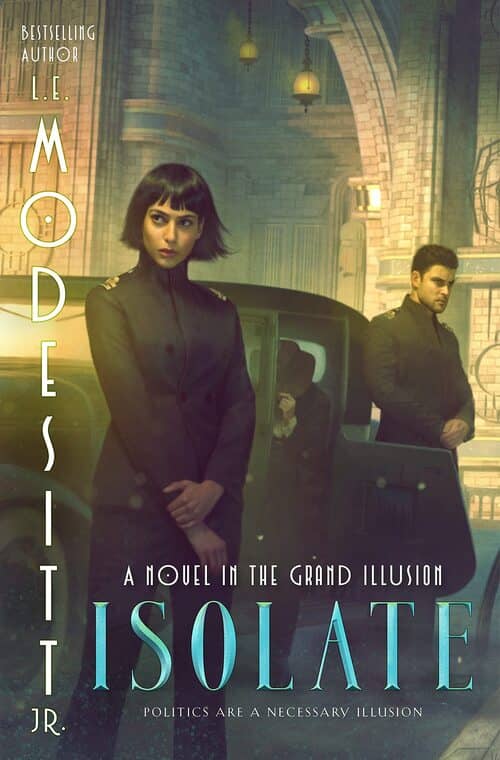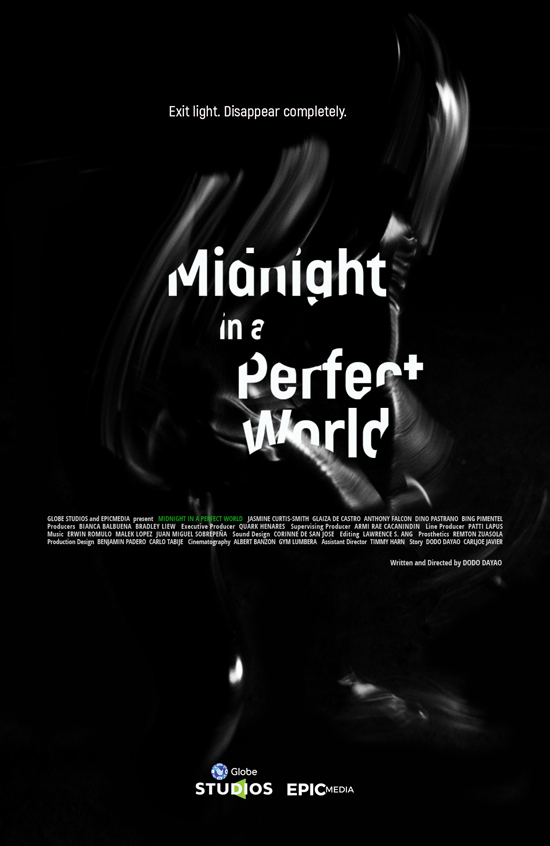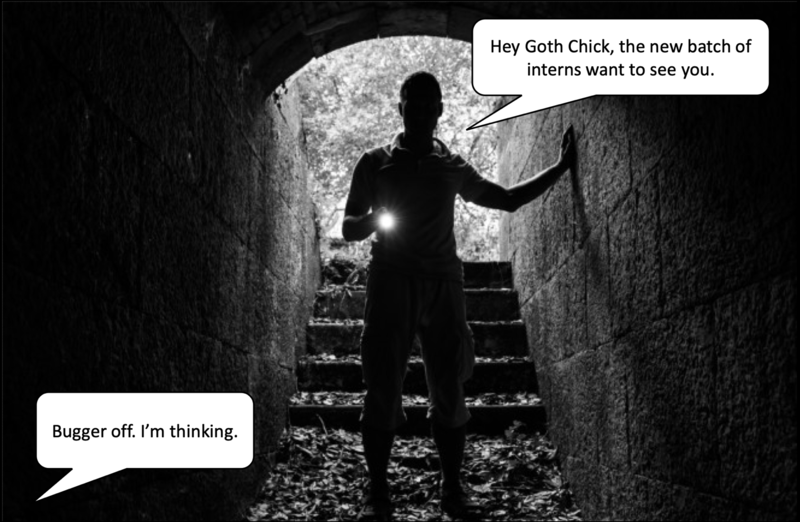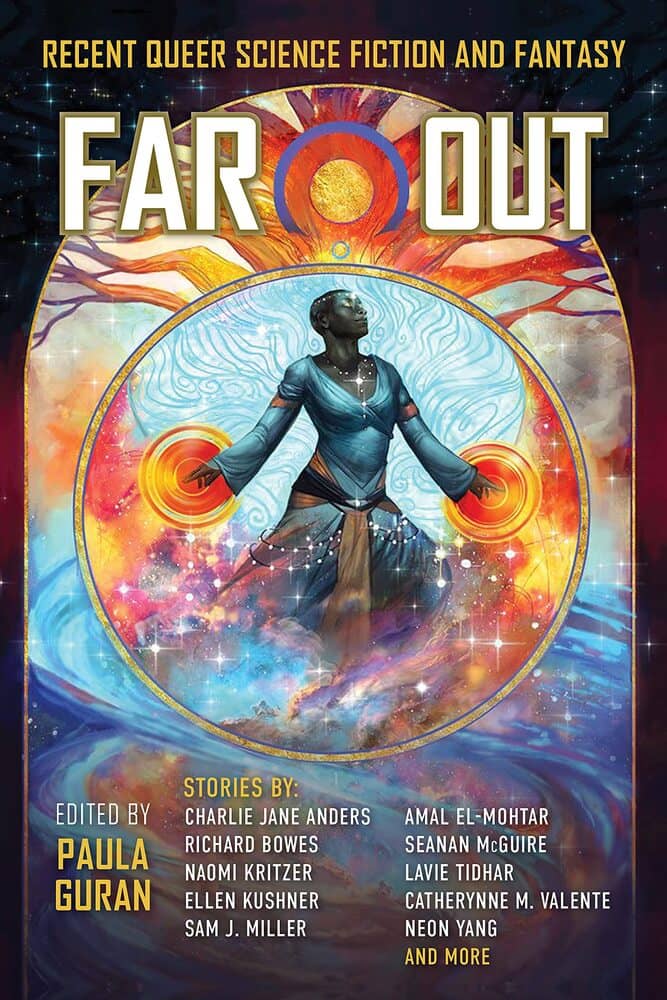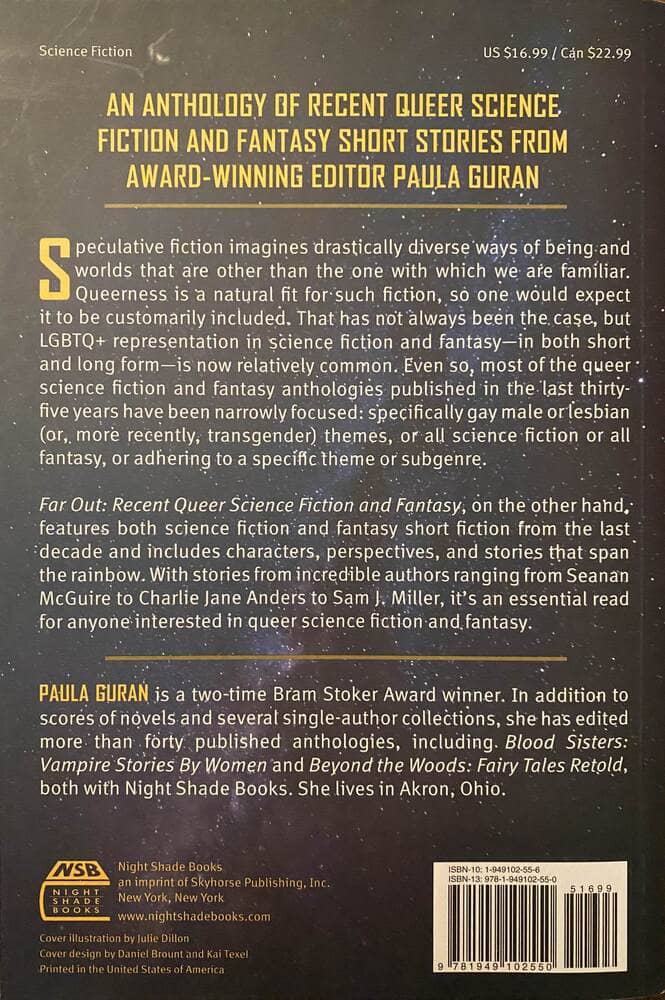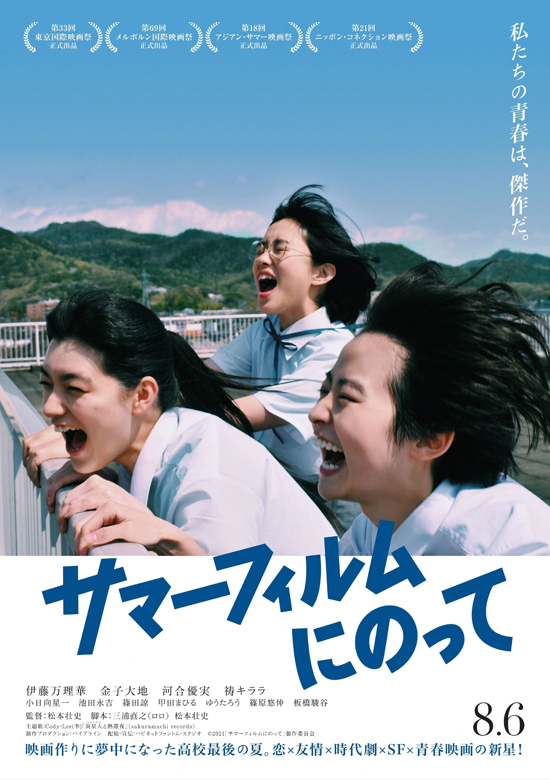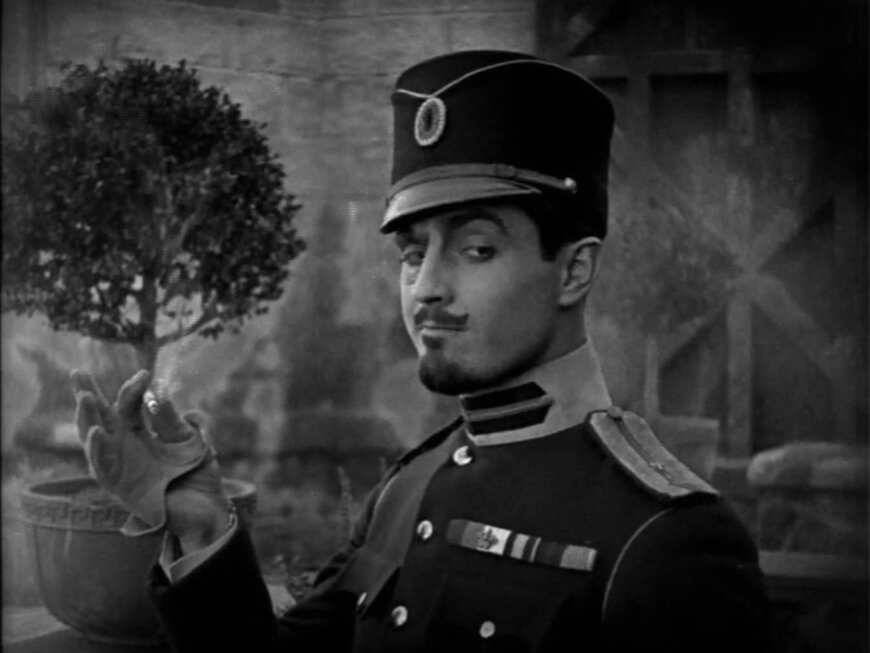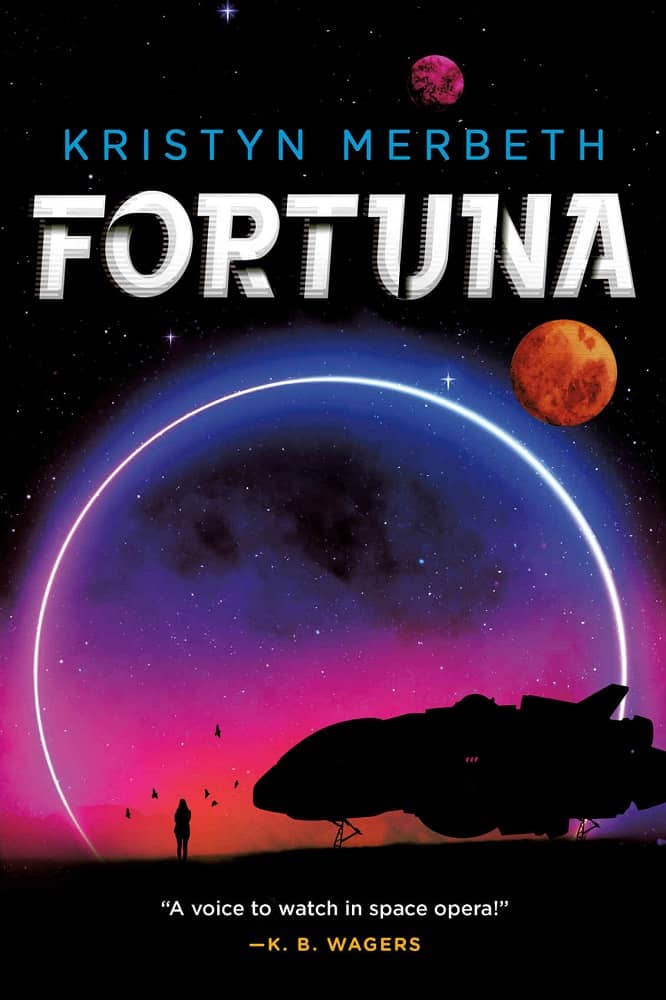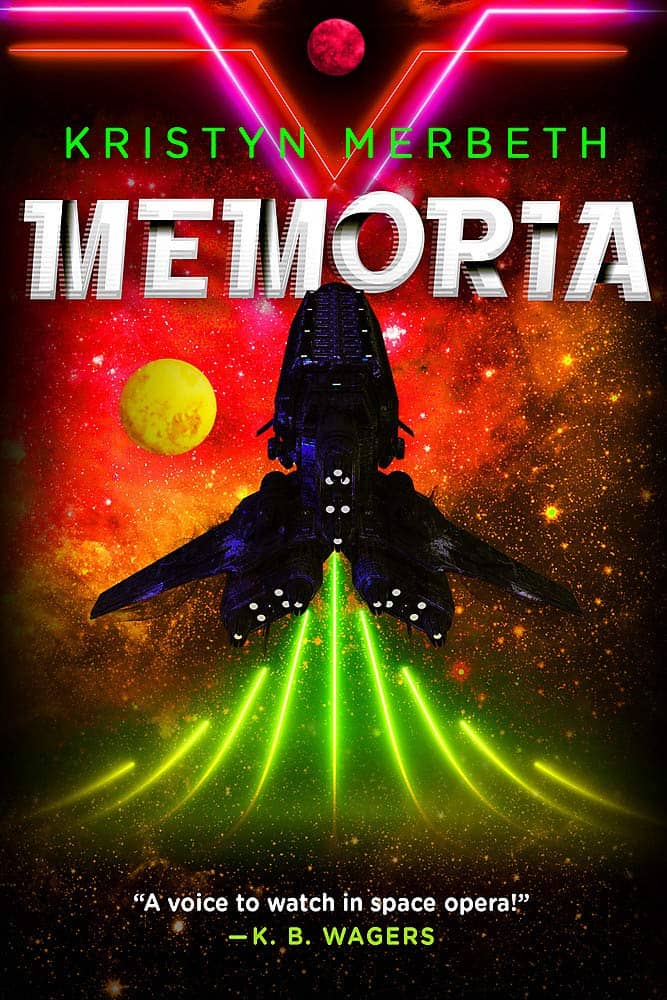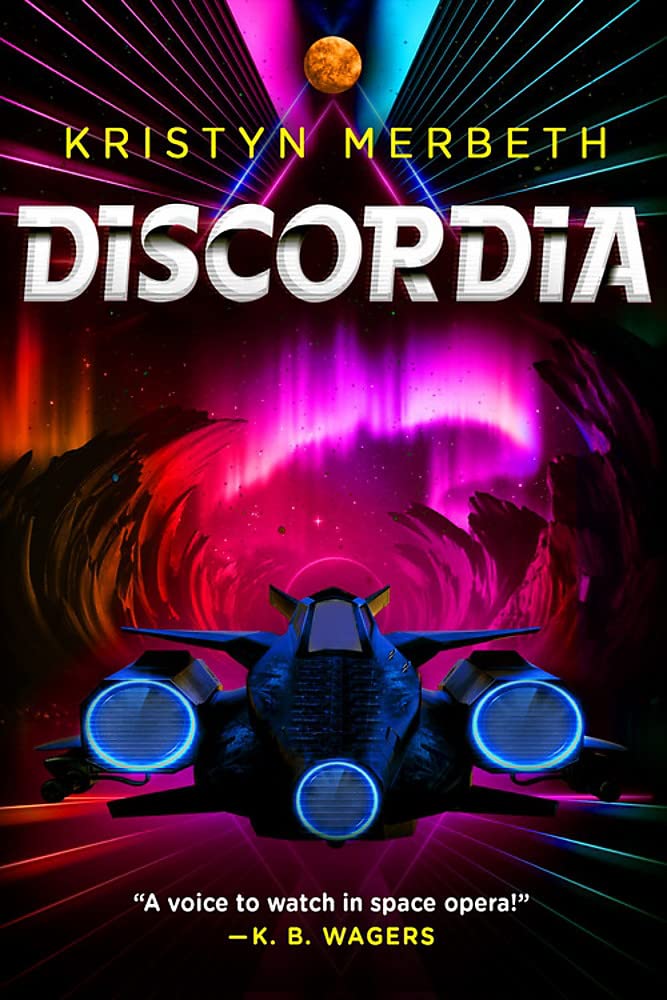 The strangest title of any film at Fantasia 2021 was the Korean short “Digital Video Editing with Adobe Premiere Pro: The Real-World Guide to Set Up and Workflow.” (“그녀를 지우는 시간”) A 40-minute piece written and directed by Hong Seong-yoon, it opens with a scene from a romance movie as a young woman meets a handsome businessman — and then there’s a ghost. And the image freezes. And in a voice-over we hear the director, Seo, explain that his movie’s haunted, with a ghost showing up in crucial shots, and is there any way to edit around those shots? He’s talking to a freelance film editor, Ms. Park, and the movie mostly takes the form of a dialogue between the two of them as they try to work out how to cut the undead while still creating an artistically satisfying film. We see scenes from the film played over again as the editor tries out a variety of tricks, hear the debates between editor and director, and see clever ideas that eliminate the mysterious haunting.
The strangest title of any film at Fantasia 2021 was the Korean short “Digital Video Editing with Adobe Premiere Pro: The Real-World Guide to Set Up and Workflow.” (“그녀를 지우는 시간”) A 40-minute piece written and directed by Hong Seong-yoon, it opens with a scene from a romance movie as a young woman meets a handsome businessman — and then there’s a ghost. And the image freezes. And in a voice-over we hear the director, Seo, explain that his movie’s haunted, with a ghost showing up in crucial shots, and is there any way to edit around those shots? He’s talking to a freelance film editor, Ms. Park, and the movie mostly takes the form of a dialogue between the two of them as they try to work out how to cut the undead while still creating an artistically satisfying film. We see scenes from the film played over again as the editor tries out a variety of tricks, hear the debates between editor and director, and see clever ideas that eliminate the mysterious haunting.
Seo’s work is generic romance, but “Digital Video Editing” is a funny and engaging film, with good performances and an excellent script. It’s a bit of a look backstage at how a movie gets put together, and presents a dialogue that echoes a lot of artistic collaboration. Park, the outsider, has ideas about what to do with the film. Seo, who’s worked on it much longer, has specific things he feels need to come across. But do those things work? One way to look at the ghost is as a kind of spirit of the film, forcing the movie to take a certain form regardless of the intent of anyone working on it. But more importantly, it’s spooky. Add to that the dialogue’s sharp, and the sense of how film works is very strong; this is a very good short.
Bundled with it was Not Quite Dead Yet (一度死んでみた, Ichido Shindemitai). It’s a comedy from Japan, in which Mr. Nobata (Shinichi Tsutsumi), the head of a mid-sized pharma company, tries an unorthodox maneuver to try to find out the identity of a mole in his company: he takes a new drug his scientists have developed, the ‘Juliet pill,’ which will leave him apparently dead for 48 hours. Things don’t go as planned, and Nobata’s enemies strike — but he can still appear as a ghost to his daughter Nanase (Suzu Hirose, Fireworks and Laplace’s Witch), a struggling death metal singer, and with her help might survive to turn the tables. But she’s become estranged from him following her mother’s death, while he’s assigned one of his more self-effacing employees, Taku (Ryo Yoshizawa, of the live-action Bleach and Gintama films), to keep an eye on her. And the mole in the company is still there, now out to make sure Tanabe never revives.
…
Read More Read More
